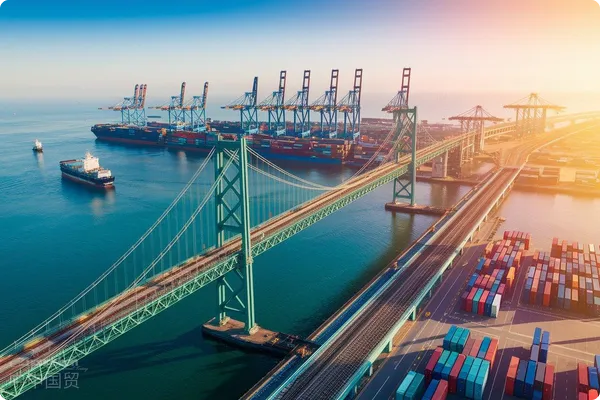- Shanghai Zhongshen International Trade Co., Ltd. - Two decades of trade agency expertise.
- Service Hotline: 139 1787 2118

AustraliaEquipment ImportsCompliant password
The Australian Border Force (ABF) 2025 edition of the "Technical Specifications for Imported Equipment" clearly stipulates: all mechanical products must provide completeAS/NZS Standards Compliance DeclarationTaking a Jiangsu-based enterprise importing laser cutting equipment as an example, due to the failure to promptly update the AS 4024.1 machinery safety standard documents, the goods were detained at the Port of Melbourne for 28 days, resulting in overdue storage fees of AUD 78,000.
Hidden costs in tariff calculation
According to the China-Australia Free Trade Agreement, the formula for calculating import tariffs on equipment in 2025 has been adjusted as follows:(CIF value + customs duty) × 10% GST. Special attention should be paid to:
- Used equipment must provide a complete depreciation calculation table.
- Equipment containing electronic modules must be declared under a separate HS code.
- Mechanical main body: 8431.49.90 (5% tariff)
- Control unit: 8537.10.00 (0% tariff)
Maritime TransportationandAir TransportationBreak-even point
A comparison of the Q1 2025 data for Sydney Harbour reveals:
- The shipping cost for a 20-foot container (10-ton equipment) is approximately $4,200, with a transit time of 18 days.
- The air freight cost for the same weight is $28,000, with a lead time of 3 days.
It is recommended to adoptCost-Time Ratio (CTR)Formula Decision: CTR = (Transportation Cost / Days Saved) should be lower than the daily production value of the equipment. When the daily production value of the equipment exceeds $1,300, air freight becomes more economical.
The Time Trap of Certification Documents
After the Australian certification authority launches its new electronic verification system in 2025:
- The validity period of the Electrical Equipment Safety System (EESS) certificate has been shortened to 3 years.
- The registration cycle for energy efficiency labels has been extended to 45 working days.
- Medical devices require an additional TGA pre-approval process.
A certain ShenzhenMedical EquipmentThe company failed to reserve time for TGA pre-approval, missing the hospital tender window, resulting in a direct loss of AUD 3.2 million in orders.
Core value matrix of professional agents
High-quality proxy services should encompass four dimensions:
- Compliance pre-review: Establish a compliance file 120 days in advance.
- Tariff Optimization: Leveraging FTA Rules for Combined Declaration
- Emergency Handling: Establish an Australian Local Customs Clearance Emergency Team
- Data Services: Providing quarterly customs policy analysis reports.
A Zhejiang-based injection molding machine company successfully reduced its overall tax burden by 13.7% and saved over AUD 650,000 in annual tariff expenses by implementing a multi-HS code split declaration solution through an agent.
Strategies for Addressing the 2025 New Regulations
Regarding the upcoming implementation of the Equipment Traceability Management System (ETMS) by ABF:
- Establish an electronic lifecycle record for equipment.
- Pre-register the product's Unique Identification Code (UIC)
- Configure a locally certified AEPC after-sales service team
It is recommended to complete ETMS pre-registration before the equipment is shipped, which can reduce customs clearance time by more than 40%. A Tianjin company completed UIC registration in advance under the guidance of an agent, achieving rapid customs clearance at Sydney Port within 6 hours.
Related Recommendations
? 2025. All Rights Reserved. Shanghai ICP No. 2023007705-2  PSB Record: Shanghai No.31011502009912
PSB Record: Shanghai No.31011502009912










